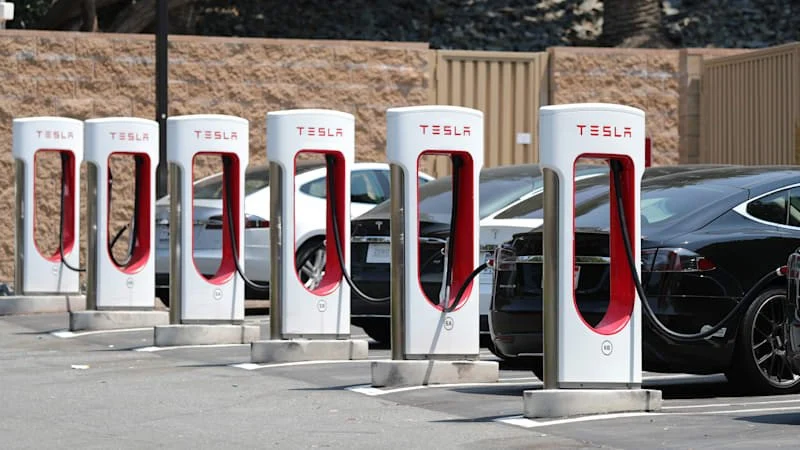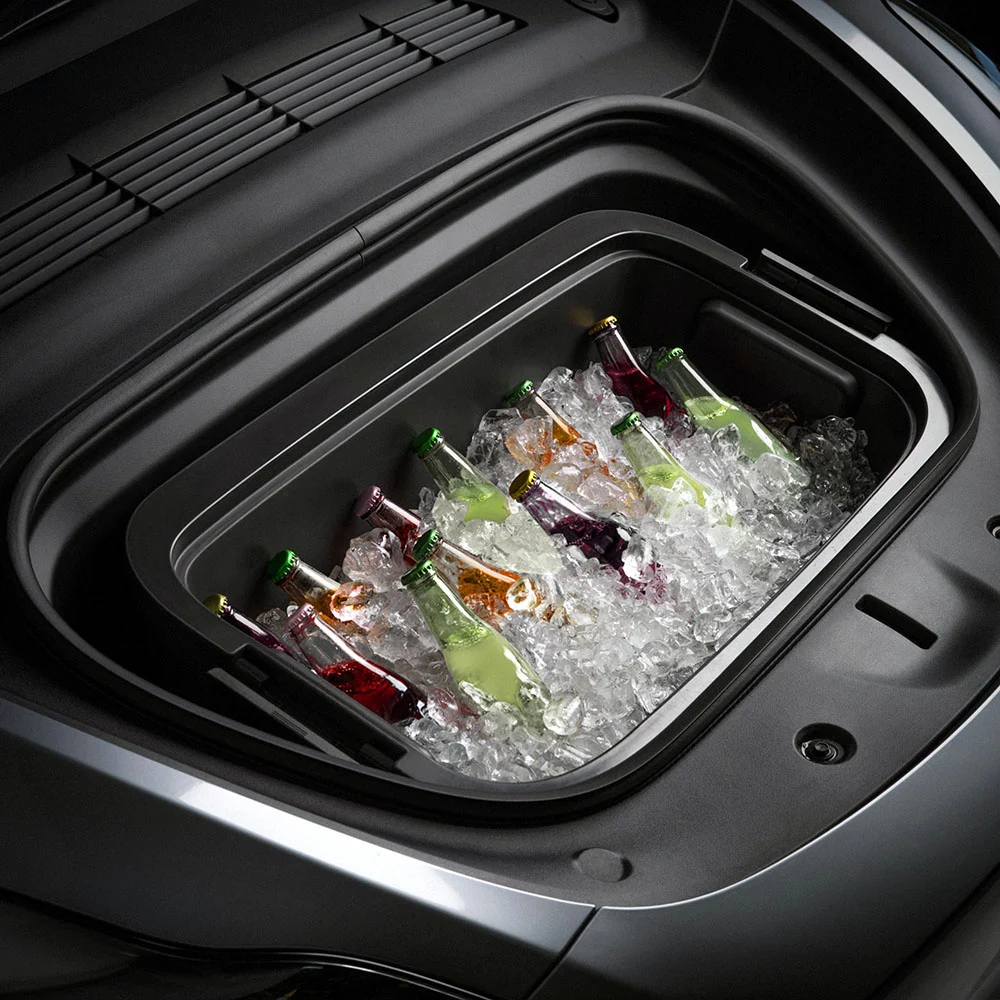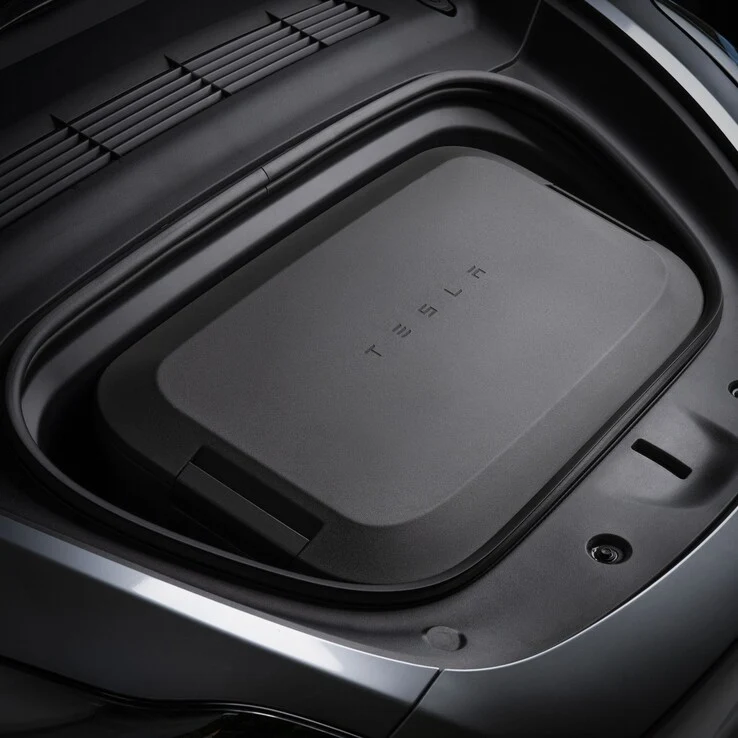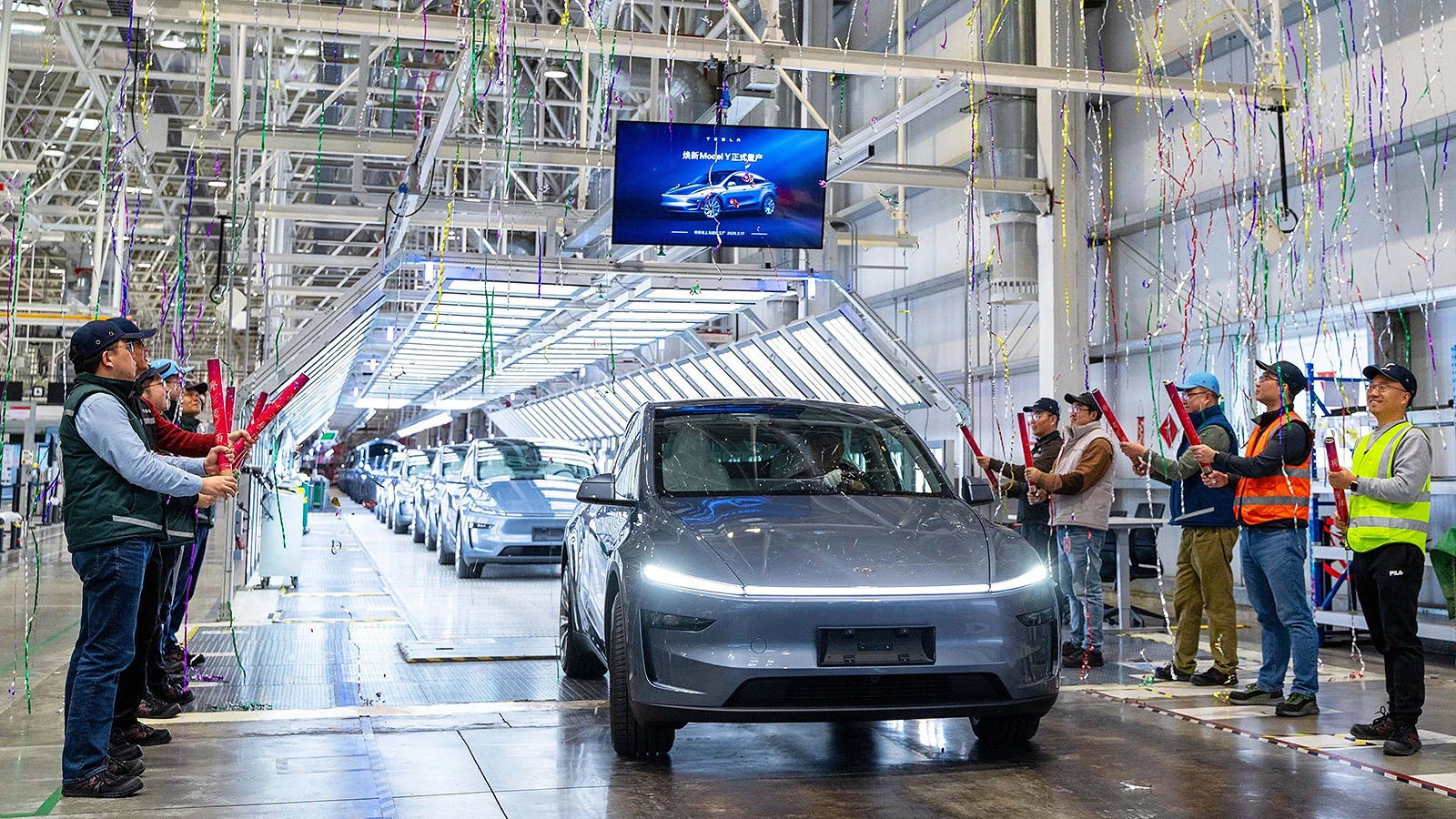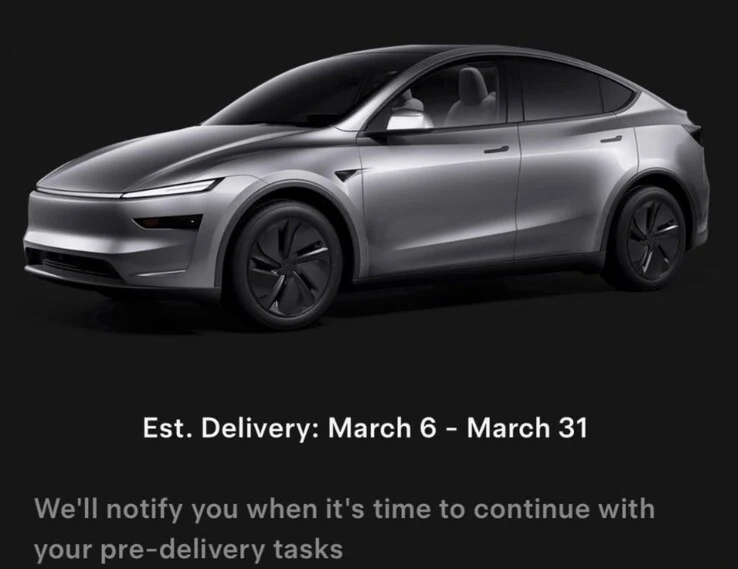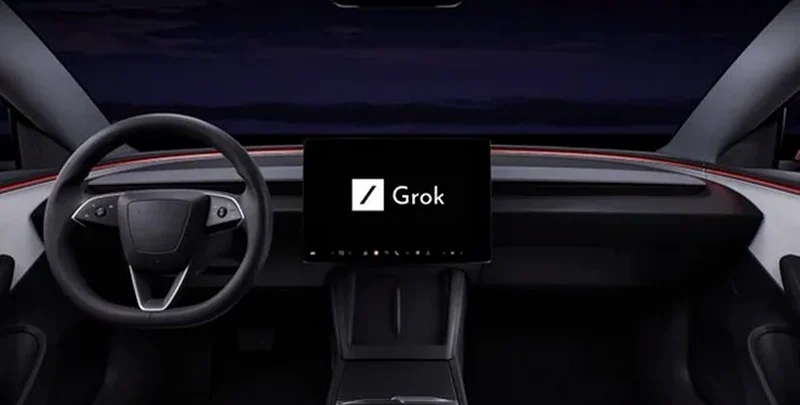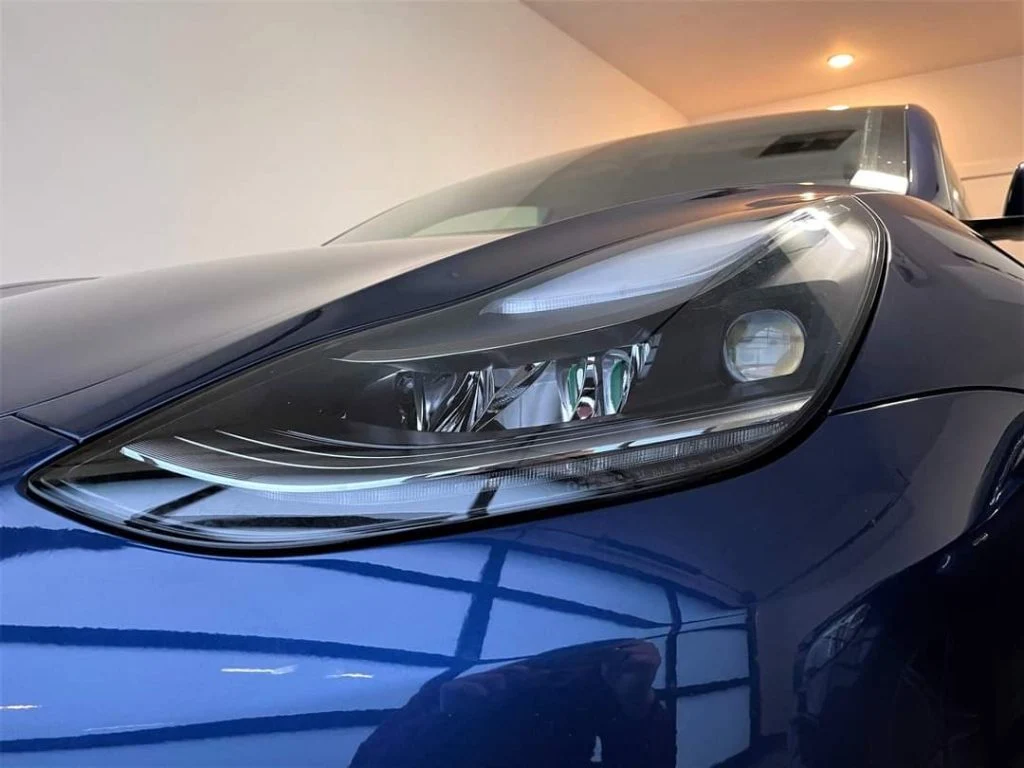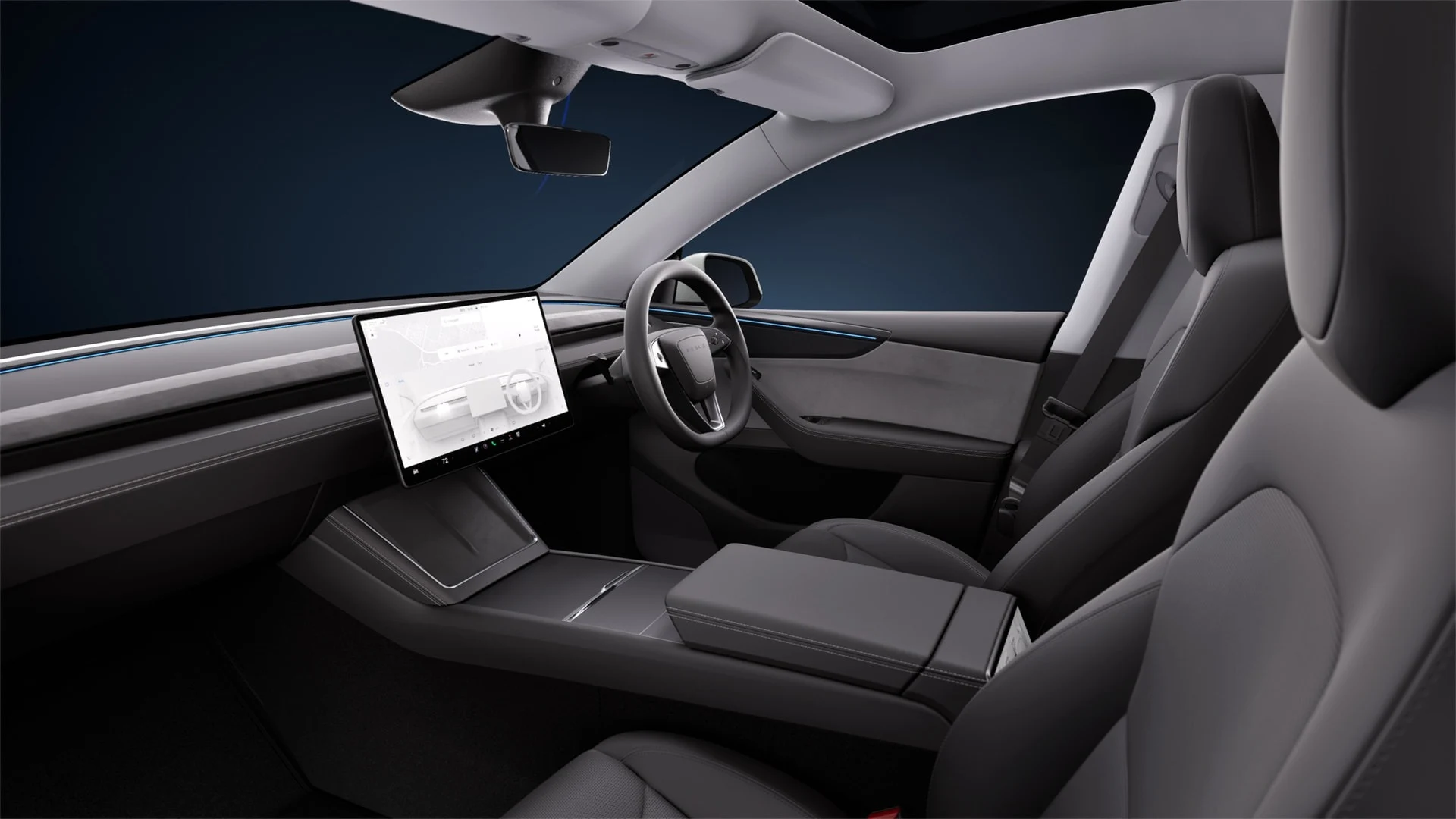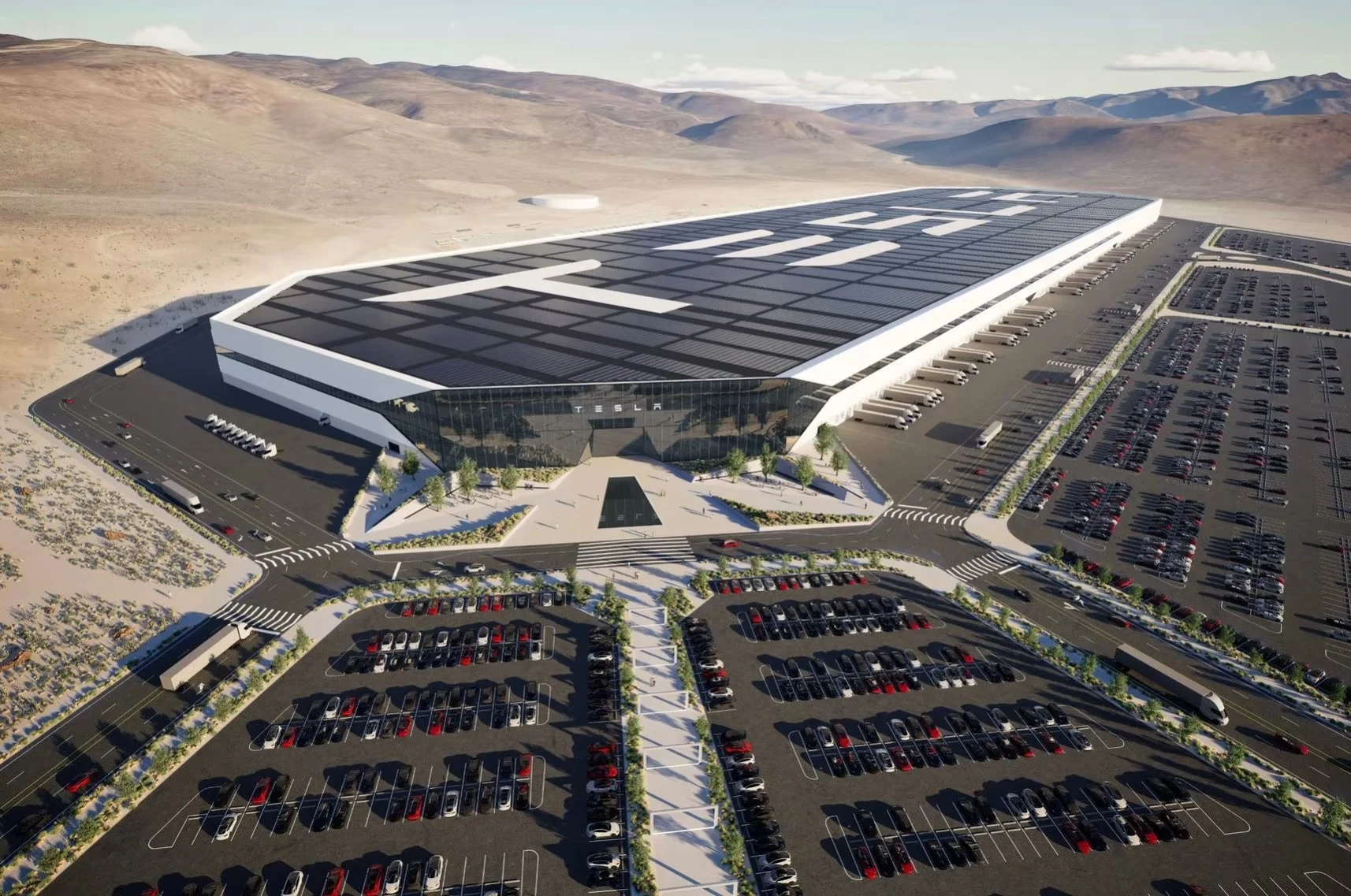Key Takeaways
1. Charging an electric vehicle (EV) can take a long time, leading to interactions and potential conflicts at public charging stations.
2. Tesla plans to test a virtual queuing system starting in Q2 2025 to manage access to chargers and reduce tensions among drivers.
3. The proposed queuing system will likely use a first-come, first-served method to organize charging access.
4. Tesla aims to increase network capacity by 20% year-over-year to help reduce congestion and disputes at charging locations.
5. It’s unclear how the new queuing system will work with EVs from other manufacturers, raising the potential for conflicts in city areas.
Charging an electric vehicle can take quite a bit of time, even when using the quickest chargers available. As a result, owners of EVs often find themselves having to engage with others at public charging stations, and sometimes this can lead to tense situations. Following the popularity of a video showing a conflict at a Supercharging location, Tesla has shared plans to test a virtual queuing system at selected sites starting in Q2 2025.
A New Approach to Charging
The proposed system is expected to manage the order in which drivers access the chargers, likely utilizing a first-come, first-served method. Although major confrontations are rare, the limited availability of parking and instances of queue-jumping can escalate tensions, making the experience of public charging less than enjoyable for drivers of electric vehicles.
Expansion Plans
According to Tesla, the company might implement the virtual queuing solution more broadly depending on user feedback. Additionally, they unveiled plans for a significant 20 percent increase in network capacity year-over-year to help ease congestion and minimize disputes.
Compatibility with Other Brands
Currently, it’s not clear how this new system will function with electric vehicles from other manufacturers. Tesla has been slowly allowing these brands to use their Superchargers, which raises the likelihood of conflicts between drivers, particularly in city environments.
Source:
Link

